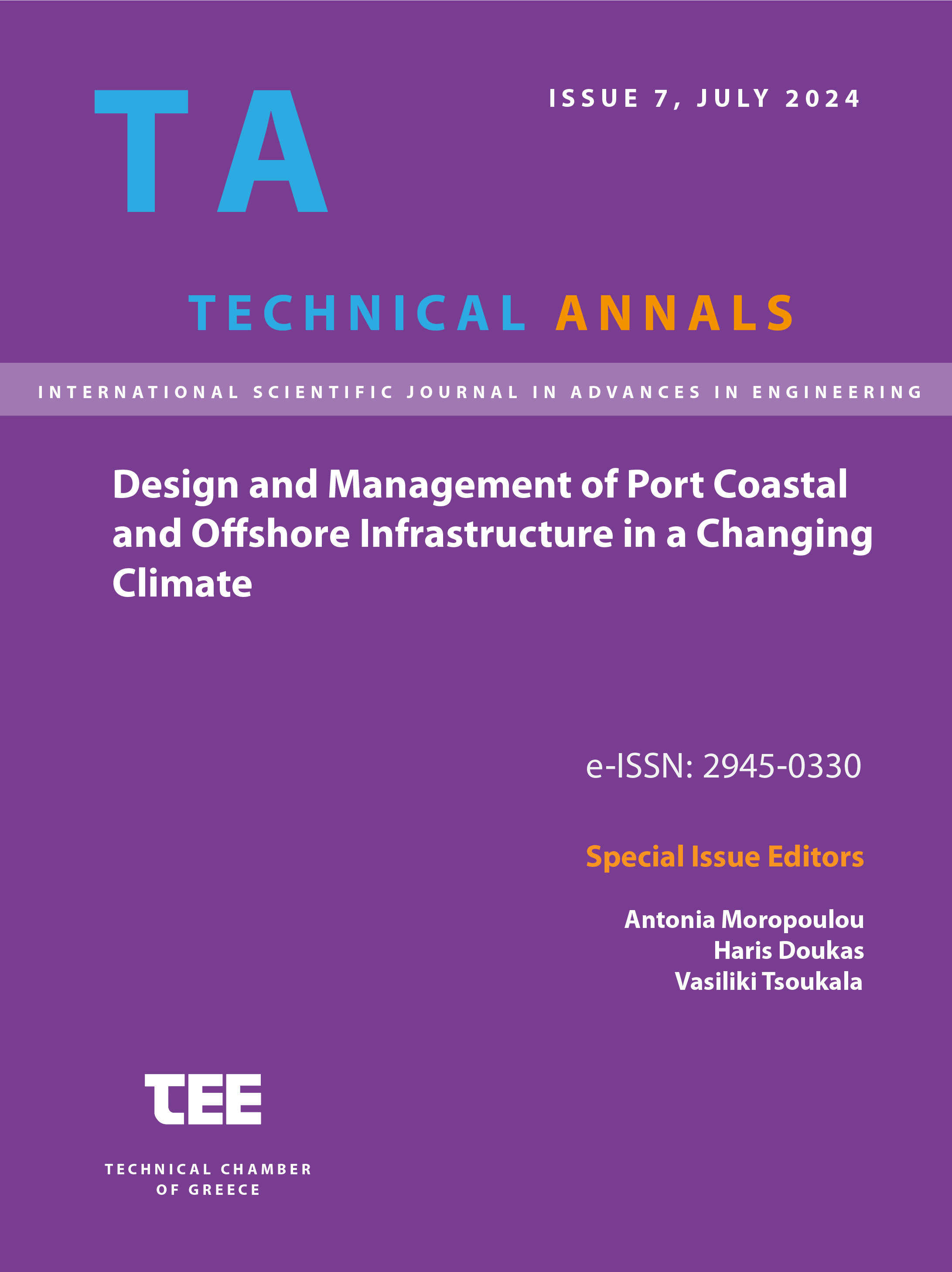Wave Energy Potential in the Mediterranean and Black Seas: A 15-Year Hindcast and Ocean Current Influence

Abstract
The growing energy demand has intensified interest in marine renewable sources. This study assesses wave energy potential in the Mediterranean and Black Seas using a 15-year (2010–2024) wave hindcast with the WaveWatch III model. It examines the spatial and temporal distribution of significant wave height, wave energy period, and overall wave energy resources at a basin-wide scale. The findings identify the western Mediterranean—particularly the area west of Sardinia and from the Gulf of Lion to the Algerian coast— as having considerable wave energy potential, primarily due to the Mistral winds during winter. Other regions, such as the Alboran Sea, central-south Aegean Sea, and western Black Sea, show lower wave energy levels but remain promising for wave energy converter development due to moderate wave power variability over time. To assess the impact of wave-current interactions on wave power estimation, additional simulations were performed over a 5-year sub-period without current forcing. Results indicate that currents can reduce extreme wave power values in the most energetic areas by up to 5 kWm-1. This study establishes a baseline wave-only simulation to aid future research using a regional coupled ocean-atmosphere-wave system for more precise wave power assessments.
Article Details
- How to Cite
-
Karagiorgos, J., Dallenga, R., Vervatis, V., & Sofianos, S. (2024). Wave Energy Potential in the Mediterranean and Black Seas: A 15-Year Hindcast and Ocean Current Influence. Technical Annals, 1(7). https://doi.org/10.12681/ta.40681
- Section
- Energy

This work is licensed under a Creative Commons Attribution-NonCommercial-ShareAlike 4.0 International License.


